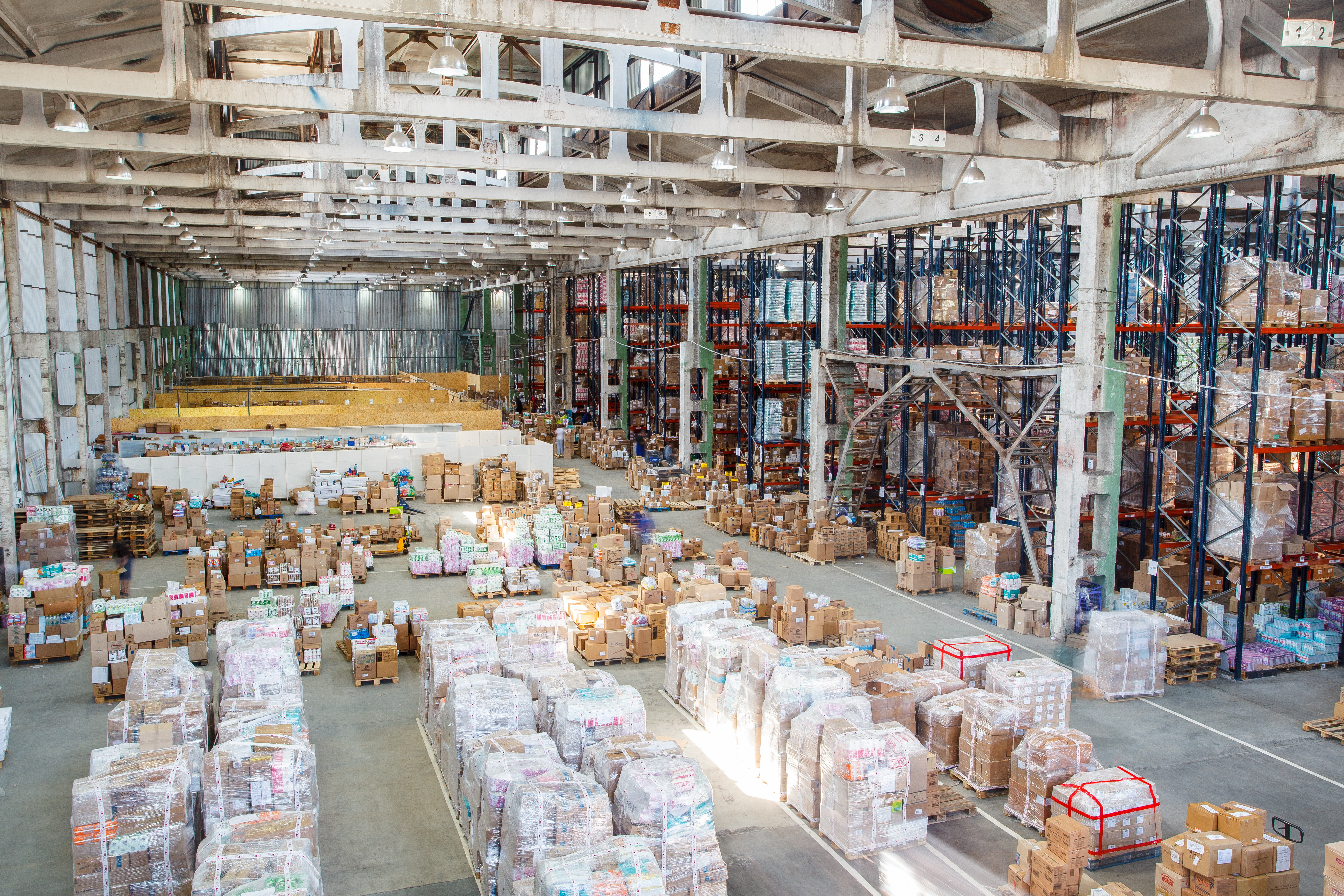.png?width=848&height=350&name=Untitled%20design%20(52).png)
At the convergence of macroeconomic realities, changing consumer preferences, and supply chain strategy lies a hard-to-predict reality for inventory planners, warehouse operators, and industrial real estate investors. There are unique crosscurrents of seemingly contradictory trends impacting current warehouse space availability and its associated costs. There are efforts to reduce consumer demand. At the same time, organizations are adding new stock to avoid supply chain-driven lost sales.
A common phrase in supply chain circles is that we are living through a significant “bullwhip” effect moment where there is a severe amplification of supply and demand variability post-pandemic. As a response to the pandemic era of extended lead times, chronic stockouts, and missed sales opportunities, organizations responded through longer-term supply contracts and increased order quantities while lead times have continued to improve, leading to a period of growing inventory positions. Meanwhile, global central banks have undertaken efforts to dampen demand through higher interest rates in response to the growing inflationary pressures of the past year. Taken together, this appears to be a recipe for overstocking where supply increases, demand decreases, and inventory turns to suffer. There are both structural supply chain issues and current purchase order patterns that add a layer of uncertainty to the current warehouse occupancy outlook.
Let’s look at a few data points:
- Available retail inventories to sales ratio points to a measure of 1.24 in November 2022 compared to the pandemic high of 1.69 when warehouses were full, and demand cratered, to a low of 1.09 in April 2021, where demand turned high, and supply chain disruptions led to significant inventory shortages. Historical averages are in the 1.36 range over the past 10 years, according to St. Louis Federal Reserve data.
- It’s estimated that for each $1 billion of annual growth in e-commerce sales, there is a corresponding need for 1.25 million sq ft of space (CBRE Report). In 2022 U.S. e-commerce was estimated at 905 billion USD, and by 2027 online revenue is expected to exceed 1.7 trillion USD (Statista).
- In Q3 2022, net absorption of new space in the U.S. was 37 million sq ft for logistics space, vacancy levels at 4%, and more than 642 million sq ft of new construction. Average rents increased 11.4% year over year.
- In Q4 2022, national warehouse storage rates remained elevated but not yet falling.
At the end of the year 2022, data seems to suggest that historically inventories are lower than average while demand keeps growing for modern logistics space, particularly in core urban markets in support of ever-growing e-commerce needs. There are also indications that while current inventory levels may be high for certain organizations based on a just-in-case mentality, many of those items were ordered in early 2022 and do not represent the items most in demand. In some cases, retailers may still be trying to sell through last spring’s patio furniture while trying to make room for this year’s new product lines. Discounting is well underway, but pressure has remained on the current warehouse infrastructure as ordering patterns normalize and new seasonal products are introduced for the 2023 selling year.
Mixed Impacts
Not every warehouse is at capacity these days. Throughout the pandemic and the lingering supply chain disruptions, many 3PL warehouse facilities expanded their cross-dock and transload capabilities as a response to port congestion, inland trucking capacity, and limited warehouse delivery appointments. As supply chain disruptions have normalized, port congestion has diminished, lead times have improved, and fears of labor disruption have eased, reducing the demand for some of these activities in coastal port cities. Simultaneously, larger organizations that had both their own warehousing assets in addition to outsourced 3PL operations have responded to reduced demand in certain of their business lines by rationalizing their footprint and prioritizing the utilization of their own committed assets. This emerging trend leads to increased occupancy in some facilities while releasing space in others – a potentially net-neutral outcome for overall occupancy levels. The release of previously secured space back into the market can be seen in one of the largest occupiers over the pandemic period, Amazon, who are now releasing unused capacity back into the market. It remains to be seen whether this ancillary supply has any negligible effects on near-term leasing costs.
Prologis, a leading industrial real estate REIT, estimated in August 2022 that in major markets such as California, New York, New Jersey, and others, current market rates were 55% higher than current rates paid by incumbents. Any new lease negotiations will likely continue to result in higher rental rates for those companies coming to the end of long-term leases. This trend is not unique to North America, as the major markets of Europe, Asia, and the South Pacific experience similar supply chain realities.
Rising interest rates have not only dampened demand but have also diminished the near-term investment in speculative construction that should cushion any near-term supply impacts and continue the upward trajectory of industrial real estate rents.
Just in Time to Just in Case
The pandemic experience and rising geopolitical tensions have caused many supply chain practitioners to rethink their network structures and corresponding facility needs with a greater focus on resilience and agility. One outcome may be a growing need for additional warehouses in new locations to optimize nearshoring opportunities while limiting asset and inventory exposure. While this strategy may reduce inventory quantities in some facilities as regional fulfillment is dispersed, creating some additional supply and demand relief, it may simply transfer that competition to new or growing areas of need, such as micro fulfillment centers in core urban zones away from the larger inland-based regional fulfillment centers.
In an omnichannel future where the cost of capital is not zero, and a premium is placed on resilience, it seems likely that Class A logistics and warehouse space will remain constrained.
If you would like to hear more on supply chain resilience, listen to our podcast!




